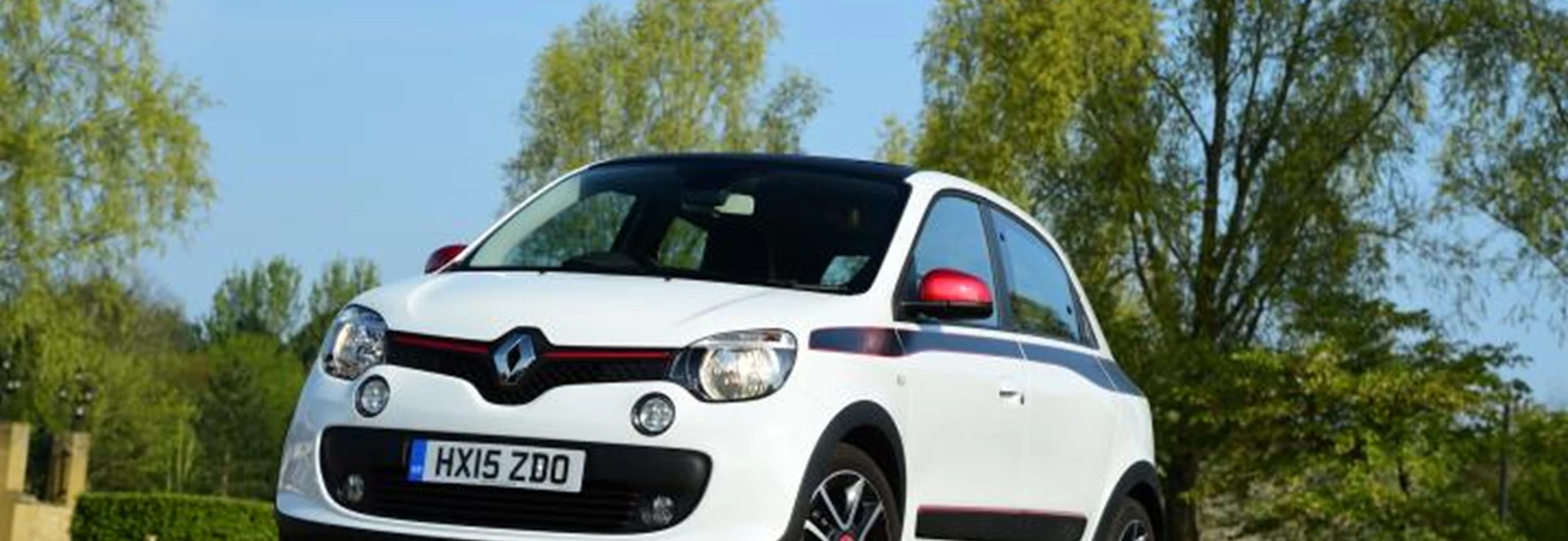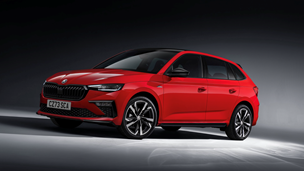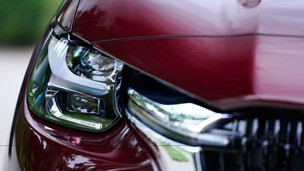We can blame the late Sir Alec Issigonis for our misconception that putting an engine and gearbox in the back of a small car is an unusual thing to do. Issigonis's front-wheel drive layout for the 1959 Mini went against contemporary practice, and many rivals - Fiat, Renault and Volkswagen among them - preferred to stuff all the oily bits at the other end.
Renault's decision (largely the result of entering a joint venture with smart) to adopt a rear-engined design for the third-generation Twingo therefore has historical precedent, though it's certainly unusual in the 21st century.
There is one immediate flaw in the scheme. Despite being angled over in the interests of reducing height, the Twingo's engine takes up room that could otherwise have been used for luggage. And this is not compensated for by having more storage space up front. The bonnet can be opened (a very fiddly operation which should have been re-thought long before the car went into production) but only to give access to the battery and permit refilling of the windscreen washer bottle.
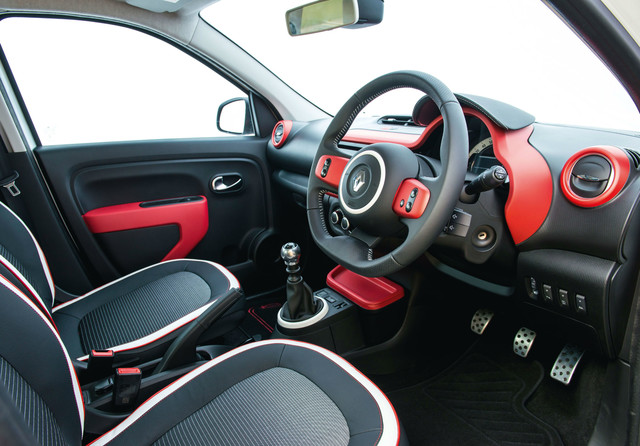 When it comes to practicality, the Twingo is therefore not even close to being the leader of its class. Luggage capacity of 219 litres with the rear seats in place is nothing to shout about when other manufacturers offer 250 and more in similarly sized cars, though in its favour the Twingo does better here than the Citroen C1, Peugeot 108 and Toyota Aygo.
When it comes to practicality, the Twingo is therefore not even close to being the leader of its class. Luggage capacity of 219 litres with the rear seats in place is nothing to shout about when other manufacturers offer 250 and more in similarly sized cars, though in its favour the Twingo does better here than the Citroen C1, Peugeot 108 and Toyota Aygo.
But there's another point to consider. By removing so many components from the front-end, Renault has been able to give the Twingo simply astonishing low-speed manoeuvrability. I lived with the test car for the whole of the Christmas and New Year period, and I don't think I performed a single three-point turn. I simply didn't need to. I just kept turning the steering wheel, and the Twingo happily zipped round through 180 degrees in spaces so narrow I didn't think it had a chance.
A tail-heavy car is inherently unstable, but this isn't a problem with the Twingo. Not with the modest 70bhp of its 1.0-litre three-cylinder petrol engine, anyway. It's fractionally more likely to be an issue in models fitted with the smaller but more powerful 0.9-litre turbocharged 89bhp unit, but you don't need that for urban driving.
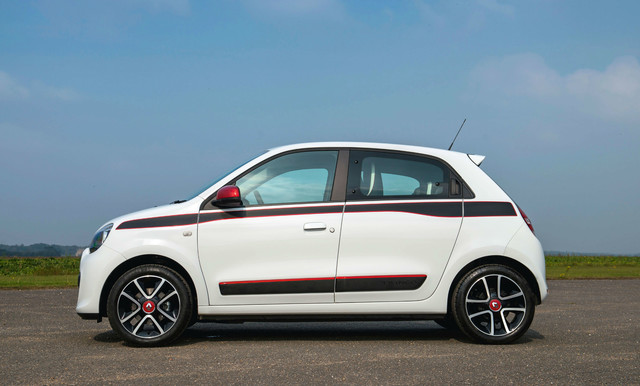 Both engines are very quiet, though like most small three-cylinder cars the Twingo tends to vibrate slightly at tickover. Another refinement problem is that wind noise becomes apparent from around 40mph and is verging on the offensive by the time you reach 60. Otherwise, the Twingo feels quite classy.
Both engines are very quiet, though like most small three-cylinder cars the Twingo tends to vibrate slightly at tickover. Another refinement problem is that wind noise becomes apparent from around 40mph and is verging on the offensive by the time you reach 60. Otherwise, the Twingo feels quite classy.
As is all too common with city cars, the steering wheel isn't adjustable for reach, which is an abomination in this day and age. There's no foot rest either, and taller drivers may find their left calves rubbing against the storage compartment mounted ahead of the gear lever. Rear three-quarter visibility is absolutely terrible, so you have to be very careful in car parks, though that amazing turning circle means that the Twingo needs to be reversed less often than anything else on the market.
